.
Like a bell struck in the clear night,
A voice that no one hears
Tells me to leave my bed and write
With ink distilled from tears.
The stars exert their influence,
The moon shines white on black,
The planets weave a circle dance
Around the zodiac.
Bent under sorrow’s constancy,
I labor until dawn
Traces a finger through the sky,
And all the stars are gone.
.
.
Robert Boucheron is an architect in Charlottesville, Virginia. His short stories and essays are in Bellingham Review, Fiction International, Louisville Review, and Saturday Evening Post. His flash fiction is in online magazines.



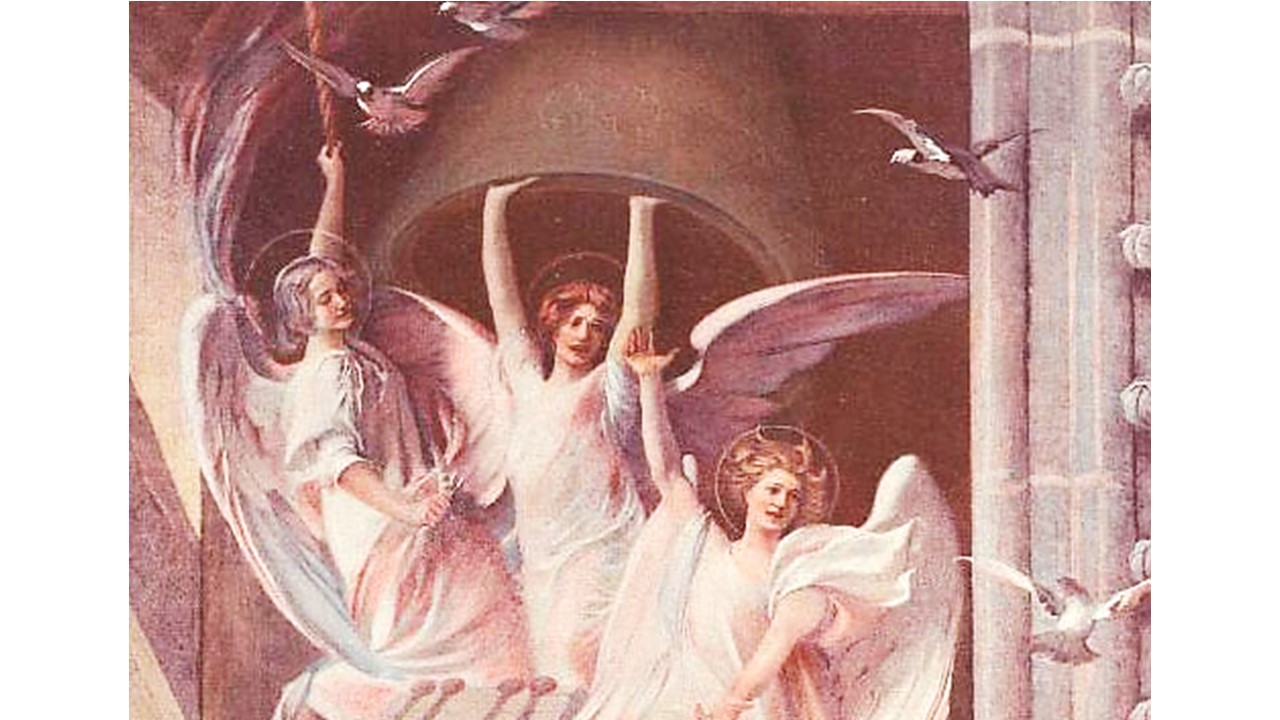
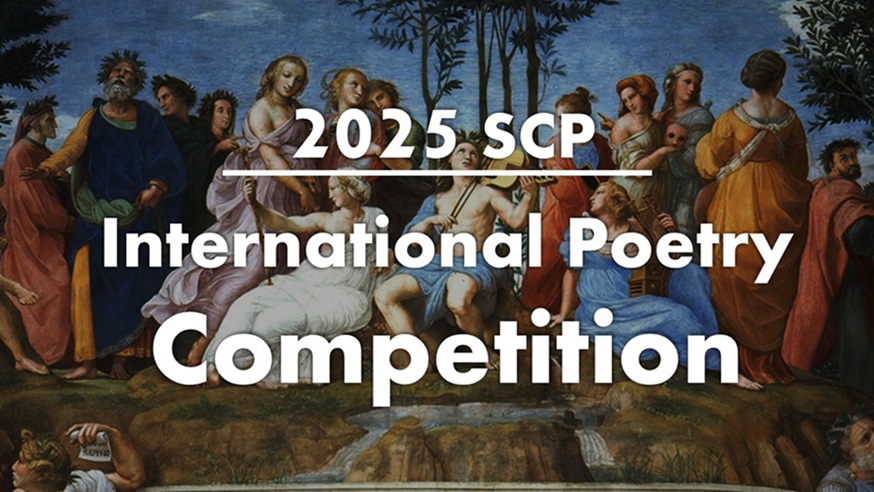

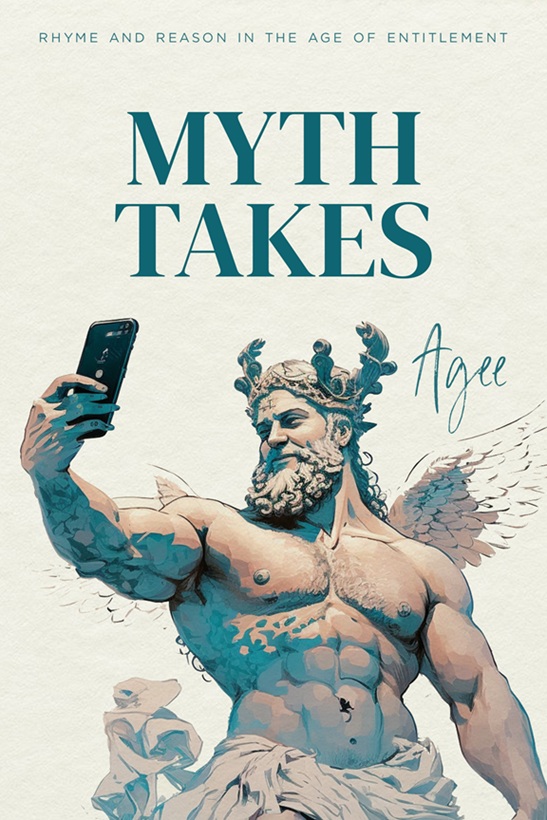
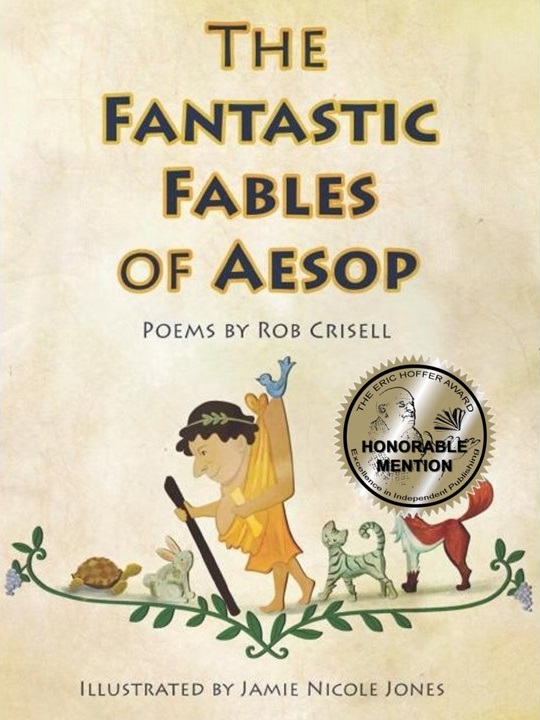
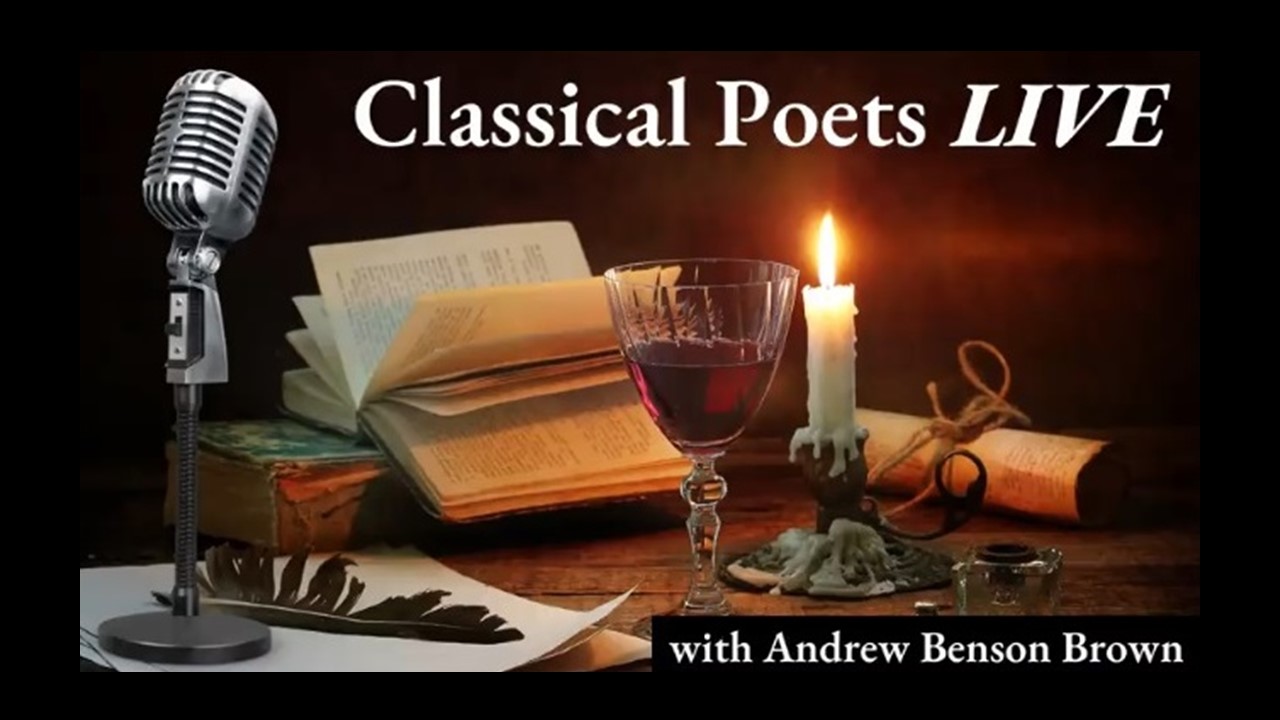

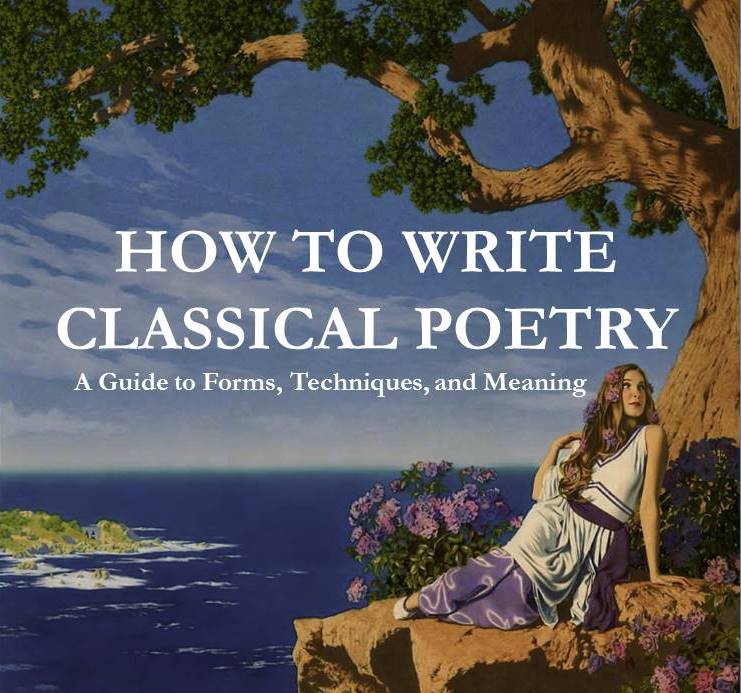




I love this and – can’t resist – it rings so true to me.
Beautiful, thank you.
You have a mystical path in your poem — a synthesis of planet, bell and finger of dawn — which strikes a familiar note to me. Yes, technique and form are important, but this is what the heart of a poem truly contains.
This is very musical! I love it!
Your imagery is striking, Mr. Boucheron, but I must admit I don’t know what this poem is saying. How does the imagery support a basic thought? Also, why “traces” rather than “tracing”?
If I may . . . it is dawn who traces.
Beautiful.
(And I can identify.)
This is lovely, Robert. I especially like the rhyme of “black” and “zodiac.” And I also relate!
Local poet William Stafford used to rise before dawn to do his work. His little daughter got up with him, because she felt sorry for him, and didn’t want him to be alone. And still he wrote.
My children say I am crepuscular. It would be so lovely if that were the extent of it!
This is a very pretty and lyrical poem and enjoyable to read, thank you.
I don’t know how such a small poem can loom so large, but it does, even though the images are simple ones. There is something elegant about the way the ideas follow one another in a precise, natural progression. I should pay more attention to the local astronomy.
In addition to the beautiful imagery here, there is metrical artistry suited to the bell. The poem alternates lines of four stresses (tetrameter) and three stresses (trimeter), mostly regular iambic, except the first line. It has four stresses, on “bell struck” and “clear night,” not iambic at all, but four feet that are no-stress (pyrrhic), two-stresses (spondee), pyrrhic, spondee. A great way to ring the bell as wake-up call!
Margaret, I only wish I possessed your extensive knowledge of all things worth knowing. Nonetheless, on the basics we are soulmates.
Your answers never fail to inform, and in a good way.
Many thanks for that.
PS – Sparky Barker is back on the subject of masks, and causing some hilarity over at Joe Tessitore’s latest. It would be fun to hear from you there.
For a short poem, you managed to include a number of memorable phrases which combined well. “With ink distilled from tears” presents a particularly strong image.
Robert, this is an atmospheric, aesthetic gift of a poem that I’ve enjoyed unwrapping and savoring. Thank you!